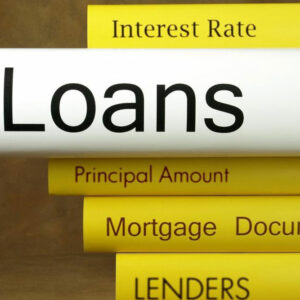
01
How to choose a registered agent for LLCs
Limited Liability Companies or LLCs are business entities that protect the assets of their owners from lawsuits and creditors related to their business debts. This means the members are not liable for the company’s debts or losses. A registered agent acts as a communication representative for LLCs , and companies generally require them. Choosing a registered agent for one’s LLC is fairly straightforward, but business owners must consider certain factors before and during selection. What are registered agents? Before diving deep into the “hows” surrounding the choosing process of registered agents, it is important to learn about the concept of registered agents and how they function. These agents are responsible for receiving mail on behalf of a business entity. Once chosen and integrated with an LLC’s business operations, registered agents ensure that their employer does not miss important paperwork related to tax notices, lawsuits, and other business documents. For operational purposes, businesses must have a designated registered agent in every state they operate in. Speaking of lawsuits, company-registered agents are also responsible for receiving subpoenas, court summons, and other official and legal correspondence. Registered agents must pass these documents along with the appropriate person for their LLC to proceed. Who can act as registered agents? A registered agent does not have to be a single person , it could also be a group of people or a company. The requirements for becoming a registered agent also vary from one state to another. Some of the general guidelines that apply across the board include: The agent must be available at their registered address (a physical street address) during normal business hours. The agent can be 18 years or older or an organization providing registered agent services. While a corporation cannot act as its own agent in multiple states, either one of its owners or employees can act like one.
Read More 







